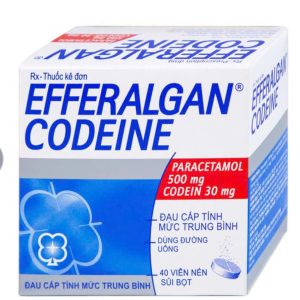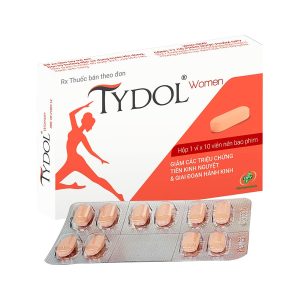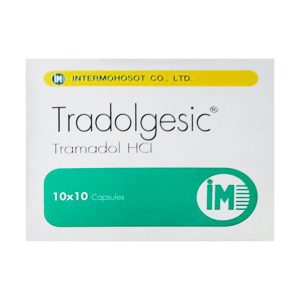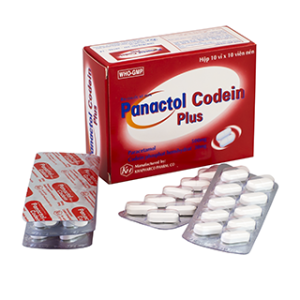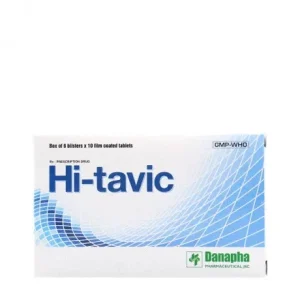We deliver to you every day from 7:00 to 23:00
The best discounts this week
Every week you can find the best discounts here.
How Do I Treat Chronic Pain Without Opioids?
Chronic pain is a debilitating condition that affects millions of people worldwide. Whether it’s due to an injury, medical condition, or unknown cause, dealing with constant discomfort can be overwhelming. Traditionally, opioids have been prescribed to manage chronic pain. However, the risks of addiction, side effects, and long-term dependency have led many to seek alternatives for pain relief.
This article explores how you can manage chronic pain without relying on opioids. We’ll look at non-pharmacological treatments, lifestyle changes, and other strategies to help you regain control over your pain and improve your quality of life.
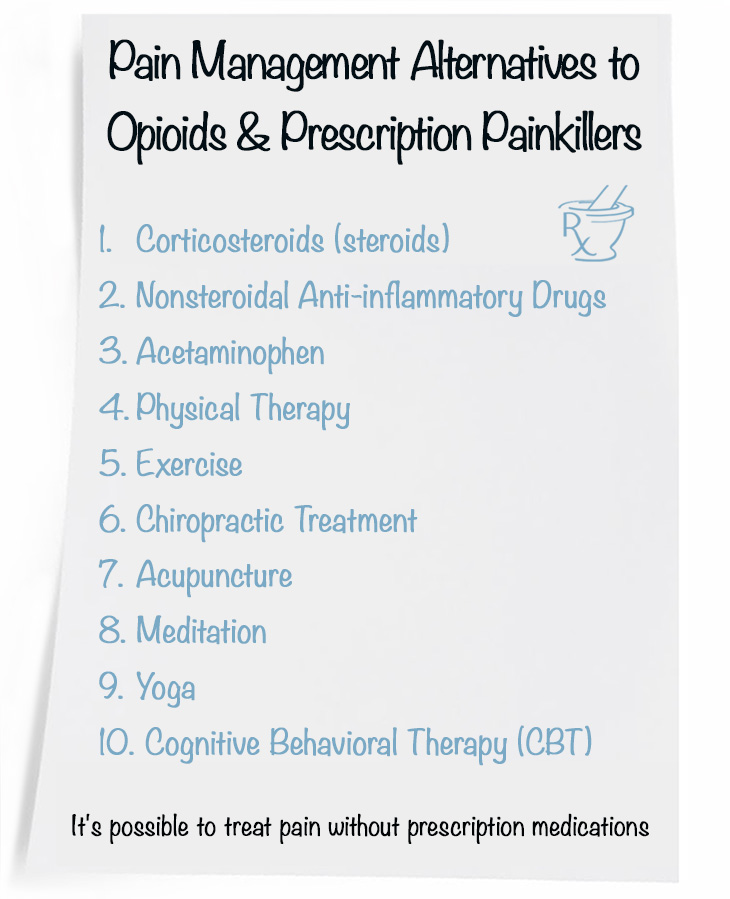
What Is Chronic Pain?
Chronic pain is defined as pain that persists for three months or longer, often despite treatments or healing efforts. Unlike acute pain, which is temporary and usually caused by an injury or illness, chronic pain can be ongoing and can severely impact daily life.
Types of Chronic Pain:
-
Neuropathic Pain: Caused by damage to nerves, resulting in shooting or burning sensations.
-
Musculoskeletal Pain: Pain in muscles, ligaments, or joints, often caused by overuse or injury.
-
Inflammatory Pain: Pain resulting from conditions like arthritis, where inflammation plays a significant role.
Chronic pain can affect anyone, regardless of age or lifestyle, and its management requires a holistic approach that goes beyond medications.
Non-Pharmacological Approaches to Pain Management
One of the most effective ways to treat chronic pain without opioids is to explore non-pharmacological therapies. These approaches focus on relieving pain without the need for medication and can provide long-term relief.
Physical Therapy
Physical therapy is one of the most recommended treatments for musculoskeletal pain. A physical therapist can guide you through exercises that improve flexibility, strength, and posture, which can reduce the strain on muscles and joints.
-
Benefits:
-
Strengthens muscles around affected areas.
-
Improves flexibility and range of motion.
-
Reduces the risk of further injury.
-
By addressing the root causes of pain and improving mobility, physical therapy can help manage chronic pain effectively.
Cognitive Behavioral Therapy (CBT)
Cognitive Behavioral Therapy is a form of psychotherapy that helps individuals change negative thought patterns associated with pain. CBT teaches you how to cope with pain by altering your mindset and reducing stress, anxiety, and depression—common triggers for chronic pain.
-
Benefits:
-
Reduces emotional suffering related to chronic pain.
-
Teaches coping strategies and relaxation techniques.
-
Improves mental resilience in managing discomfort.
-
CBT has been shown to be particularly effective in treating chronic pain linked with conditions like fibromyalgia and arthritis.
Acupuncture
Acupuncture is an ancient Chinese practice that involves inserting thin needles into specific points on the body. It is believed to stimulate the body’s energy flow and release endorphins, the body’s natural painkillers.
-
Benefits:
-
Stimulates the release of natural pain-relieving chemicals.
-
Promotes healing and reduces inflammation.
-
Helps with conditions like osteoarthritis and migraines.
-
Acupuncture is a safe and increasingly popular alternative to opioids, especially for individuals seeking to avoid medications.

Lifestyle Changes to Manage Chronic Pain
Lifestyle changes are crucial in managing chronic pain effectively. In many cases, small adjustments to your daily habits can significantly reduce pain and improve your overall health.
Exercise Regularly
Regular physical activity can strengthen muscles, improve flexibility, and boost overall health, all of which can reduce the intensity of chronic pain. Low-impact exercises such as walking, swimming, and yoga can be particularly beneficial.
-
Benefits:
-
Releases endorphins, which act as natural painkillers.
-
Reduces muscle stiffness and improves posture.
-
Enhances mood and reduces anxiety, which can exacerbate pain.
-
It’s important to start slow and consult with a healthcare provider to develop an exercise plan tailored to your specific pain condition.
Stress Management
Chronic pain often worsens with stress, so learning how to manage stress is crucial. Practices such as meditation, mindfulness, and deep-breathing exercises can help lower your stress levels and, in turn, alleviate pain.
-
Benefits:
-
Reduces the intensity of pain by calming the nervous system.
-
Improves emotional well-being and mental health.
-
Enhances your ability to cope with pain.
-
Incorporating relaxation techniques into your daily routine can make a significant difference in pain management.

Healthy Eating
A balanced diet rich in anti-inflammatory foods can play an essential role in pain management. Foods such as leafy greens, fatty fish, nuts, and seeds can reduce inflammation, which is a common cause of chronic pain.
-
Benefits:
-
Reduces inflammation in the body.
-
Provides essential nutrients that support joint and muscle health.
-
Improves energy levels and overall health.
-
By focusing on a nutritious, anti-inflammatory diet, you can help manage your pain naturally.
Medical Alternatives to Opioids
While opioids are often prescribed for pain relief, there are other medications available that may be more appropriate for chronic pain management without the risks of addiction and side effects.
Non-Opioid Pain Relievers
-
Acetaminophen: Often used for mild to moderate pain, acetaminophen is a safe alternative for those who can’t take NSAIDs.
-
NSAIDs (Nonsteroidal Anti-Inflammatory Drugs): Medications like ibuprofen or naproxen can reduce inflammation and alleviate pain.
Topical Treatments
Topical treatments, such as lidocaine patches or capsaicin creams, can provide localized pain relief without the systemic side effects of oral medications.
-
Benefits:
-
Directly targets the painful area.
-
Causes fewer systemic side effects.
-
Topical treatments can be particularly effective for conditions like osteoarthritis or localized muscle pain.
Alternative Therapies for Chronic Pain
Several alternative therapies offer effective ways to manage chronic pain without opioids. These treatments may not work for everyone, but they are worth considering as part of a comprehensive pain management plan.
Herbal Remedies
Certain herbs have been shown to have pain-relieving properties. For instance, turmeric and ginger are known for their anti-inflammatory effects, while willow bark has been traditionally used for pain relief.
-
Benefits:
-
Natural, plant-based alternatives to pain medications.
-
Often have fewer side effects than pharmaceutical drugs.
-
Before starting any herbal regimen, consult with a healthcare provider to ensure safety and proper dosage.
Chiropractic Care
Chiropractic adjustments can help relieve musculoskeletal pain by correcting misalignments in the spine and improving joint function. Many people find relief from chronic pain through regular chiropractic visits.
-
Benefits:
-
Reduces back and neck pain.
-
Improves mobility and function.
-
Non-invasive and drug-free.
-
If you have back or neck pain, chiropractic care may provide significant relief.
Frequently Asked Questions
1. How can I manage chronic pain without medication?
You can manage chronic pain through physical therapy, cognitive behavioral therapy, exercise, and stress management. Lifestyle changes, such as improving your diet and incorporating relaxation techniques, can also help.
2. Are there any risks associated with non-opioid treatments?
Non-opioid treatments generally have fewer risks than opioids, but it’s important to talk to a healthcare provider to ensure that these treatments are suitable for your specific condition.
3. How long does it take to see results from physical therapy?
The time it takes to see results from physical therapy can vary depending on the severity of the pain and the individual’s commitment to the prescribed exercises. Some people may start to feel better in a few weeks, while others may take longer.
4. Is acupuncture effective for chronic pain?
Yes, acupuncture has been shown to be effective for many individuals in reducing chronic pain, particularly for musculoskeletal pain, headaches, and joint pain.
5. What lifestyle changes can help with chronic pain?
Maintaining a healthy weight, exercising regularly, eating an anti-inflammatory diet, and practicing stress-reducing techniques are all lifestyle changes that can help reduce chronic pain.
Conclusion
Treating chronic pain without opioids is not only possible but often preferable for long-term health. By exploring non-pharmacological therapies, making lifestyle changes, and considering medical alternatives, you can find a pain management plan that works for you.
Each person’s experience with chronic pain is unique, so it may take time to find the right combination of treatments. By staying informed and working with healthcare providers, you can take control of your pain management and improve your quality of life.

